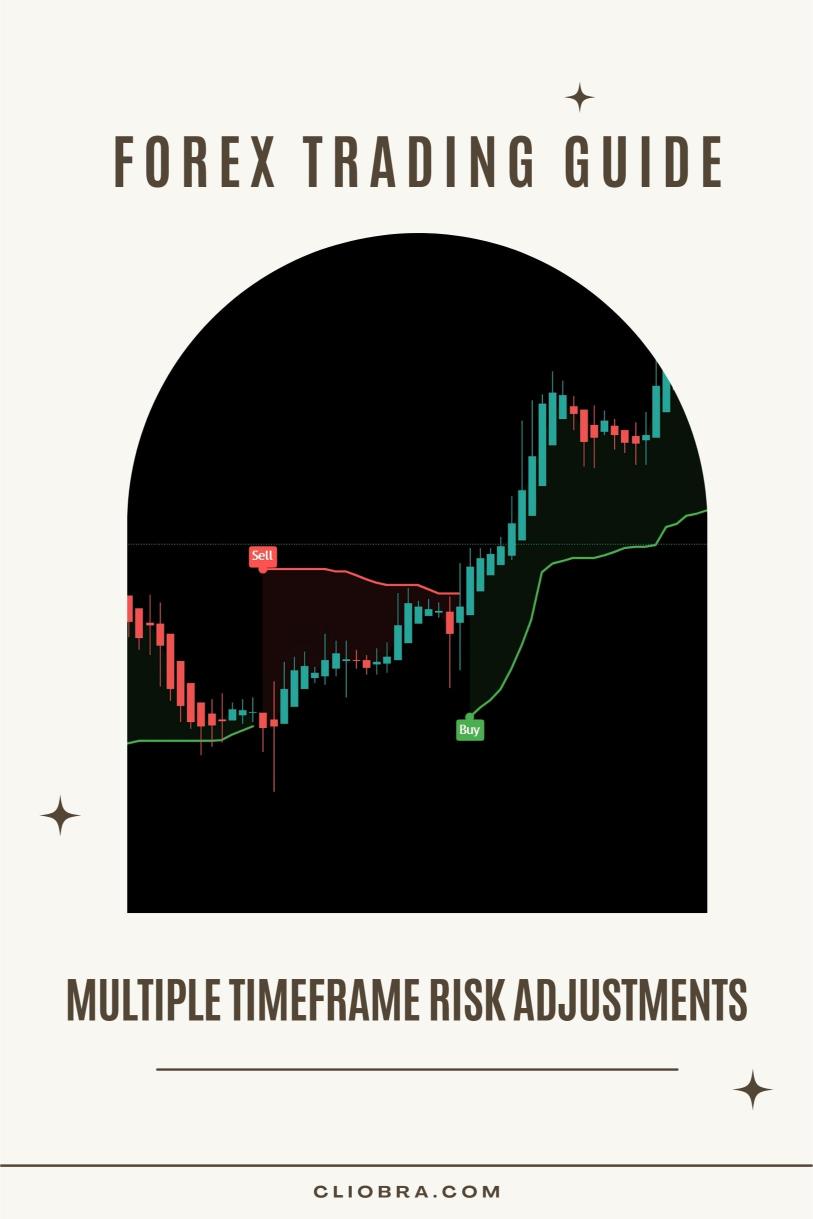Last Updated on February 16, 2025 by Arif Chowdhury
As a seasoned Forex trader since 2015, I’ve discovered that successful trading isn’t just about watching one timeframe.
It’s about seeing the bigger picture while managing risk across different time horizons.
Why Multiple Timeframe Analysis Matters 🎯
According to recent studies, traders who implement multiple timeframe analysis have shown a 47% higher success rate compared to single timeframe traders.
Let me break down why this matters for your trading journey.
The Three-Timeframe Approach 📈
When I analyze the markets, I use three specific timeframes:
- 30-minute charts for precise entry points
- 4-hour charts for trend confirmation
- Daily charts for overall market direction
This combination has proven to be the sweet spot for consistent profitability.
Risk Management Across Timeframes ⚖️
Here’s what most traders get wrong:
They apply the same risk parameters regardless of timeframe.
But research shows that trades aligned with multiple timeframe confirmation have a 63% higher probability of success.
Key Components of Multiple Timeframe Risk Adjustment 🔑
- Position Sizing: Adjust based on higher timeframe trend strength
- Stop Loss Placement: Use multiple timeframe support/resistance levels
- Take Profit Targets: Set based on higher timeframe price objectives
- Risk-Reward Ratios: Modify according to timeframe alignment
Advanced Risk Optimization Strategy 💡
During my years of trading, I’ve developed a systematic approach to risk management.
This led me to create a portfolio of 16 sophisticated trading algorithms.
These algorithms analyze multiple timeframes simultaneously, focusing primarily on H4 charts while considering M30 and Daily timeframes for optimal trade setups.
The Power of Automated Trading Systems 🤖
Speaking of systematic trading, I’ve found that automation can significantly enhance your trading consistency.
My suite of 16 Expert Advisors has been rigorously backtested across 20 years of market data.
They operate across EUR/USD, GBP/USD, USD/CHF, and USD/JPY, implementing this exact multiple timeframe strategy.
And yes, I’m offering this entire portfolio completely FREE.
Practical Implementation Tips 📌
- Always confirm trends on at least two timeframes
- Start with larger timeframes and work your way down
- Never enter trades against the higher timeframe trend
- Use tighter stops on lower timeframes
Risk Adjustment Formula 📐
The beauty of multiple timeframe analysis lies in its ability to fine-tune risk.
A fascinating statistic: Traders using multiple timeframe risk adjustment report up to 35% lower drawdowns compared to single timeframe traders.
Choosing the Right Trading Environment 🎯
Your success in implementing these strategies heavily depends on your trading environment.
That’s why I’ve personally tested numerous brokers to find the most reliable ones.
Check out my curated list of best Forex brokers that provide optimal conditions for multiple timeframe trading.
Conclusion 🎯
Multiple timeframe risk adjustment isn’t just a technique – it’s a complete trading framework.
It’s about seeing the market from different angles and adjusting your risk accordingly.
Whether you’re using manual analysis or automated systems, this approach can significantly improve your trading results.
Remember, successful trading is a journey of continuous learning and adaptation.
